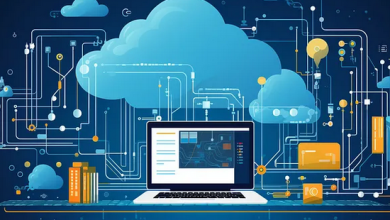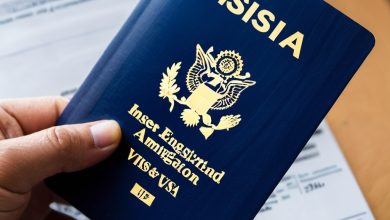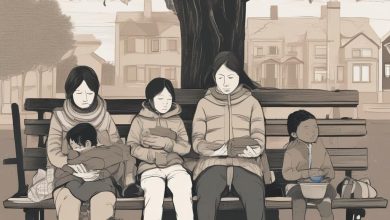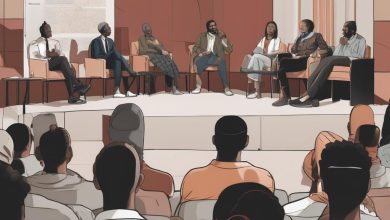The Future of Migration: Predictions and Trends
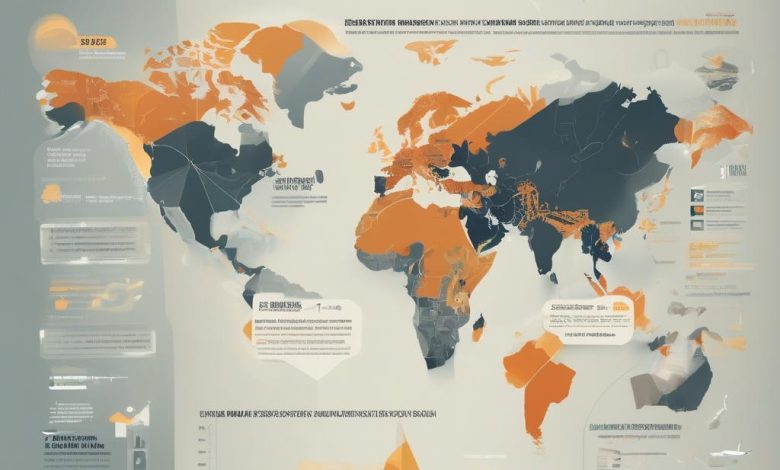
The Future of Migration: Predictions and Trends
The world is getting more connected, changing how people move across borders. This article looks at the new patterns and changes in global migration. It talks about the forces like demographics, environment, and economy that will change human movement. By looking at predictions and trends, we can see how migration will change societies worldwide.
Key Takeaways
- Aging populations and labor shortages in developed countries will drive increased migration from developing nations.
- Climate change and environmental degradation will force millions to seek new homes, leading to a surge in environmental migration.
- Technological advancements and globalization will facilitate faster and more seamless cross-border movements.
- Policies and political climate will play a crucial role in shaping the future of migration, determining the scale, direction, and societal impact.
- The future of migration will present both challenges and opportunities for nations, communities, and individuals alike.
Demographic Shifts and Global Migration Patterns
The world is going through a big change in population that will change how people move around the globe. As people live longer and have fewer babies, some areas will face a shortage of workers. This will change how people move from one country to another.
Aging Populations and Labor Shortages
Many rich countries are facing the issue of aging populations. With fewer babies being born and people living longer, there are more older people. This means there will be a shortage of workers in many industries.
To solve this, these countries might let in more workers from other places. This could lead to more people moving to these countries for work. This change is part of what we call demographic shifts migration.
Climate Change and Environmental Migration
Climate change is also changing how people move around the world. As the weather gets worse, more people will have to leave their homes. They might move to another country because of this.
- Places near the sea and small islands are at risk of being flooded because of rising sea levels. This could make millions of people move.
- In places like Africa and the Middle East, droughts and desertification are making it hard to live. People and families might move to find better places to live.
- Disasters like hurricanes, floods, and wildfires will also make people leave their homes. They might go to another country to find safety.
These changes will greatly affect how people move around the world. It’s important for leaders and communities to understand and get ready for these changes.
The Future of Migration: Predictions and Trends
The world is changing fast, and so is the way people move around the globe. Economic changes, shifts in politics, new tech, and policy updates will shape how people cross borders in the future.
Experts say the future of moving people will be shaped by the world economy, job markets, and climate change. New countries might become popular places for skilled workers and entrepreneurs looking for better chances. At the same time, climate change could make more people move to safer areas because of rising sea levels and natural disasters.
New tech like remote work and digital nomadism could change how we think about moving. With more people working online, they might live and work from different places. This could mix up the lines between short-term and long-term moves. Governments will have to figure out how to manage this, making sure they help both new comers and local people.
FAQ
What demographic shifts are expected to impact global migration patterns?
Aging populations and labor shortages in some regions will lead to more migration. Countries will look to fill their workforce needs. Climate change and environmental factors will also push people to move due to environmental reasons.
How will economic conditions shape the future of migration?
Economic factors like job opportunities, wage differences, and investment will keep driving migration. As the economy changes, so will the places and ways people move across borders.
What role will geopolitical shifts play in future migration trends?
Changes in politics, stability, and policies can greatly affect migration. As the world changes, so will the paths people take to move.
How will technological advancements affect the future of migration?
New tech, like better communication and data analysis, will help shape migration. It will make moving across borders more efficient and informed, and could introduce new ways to travel.
What policy changes are anticipated to influence future migration trends?
Governments and groups will update their migration policies to meet new challenges and goals. These changes, from border control to integration programs, will be key in shaping global migration’s future.

